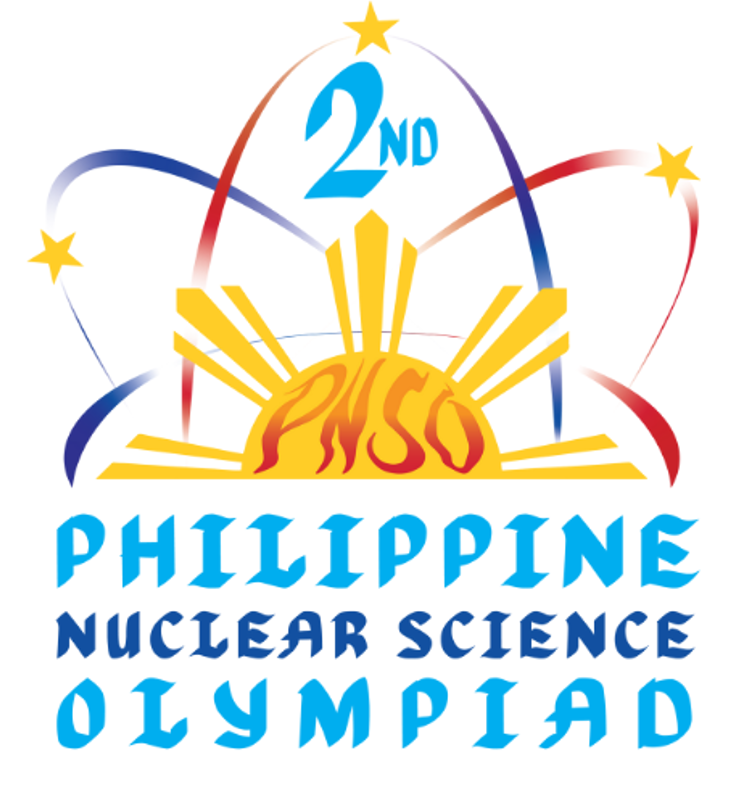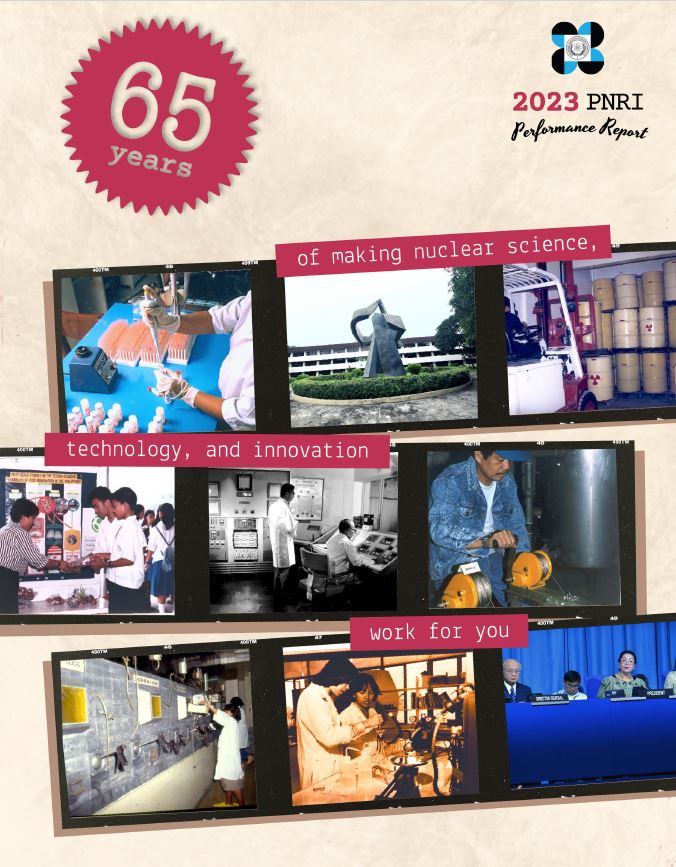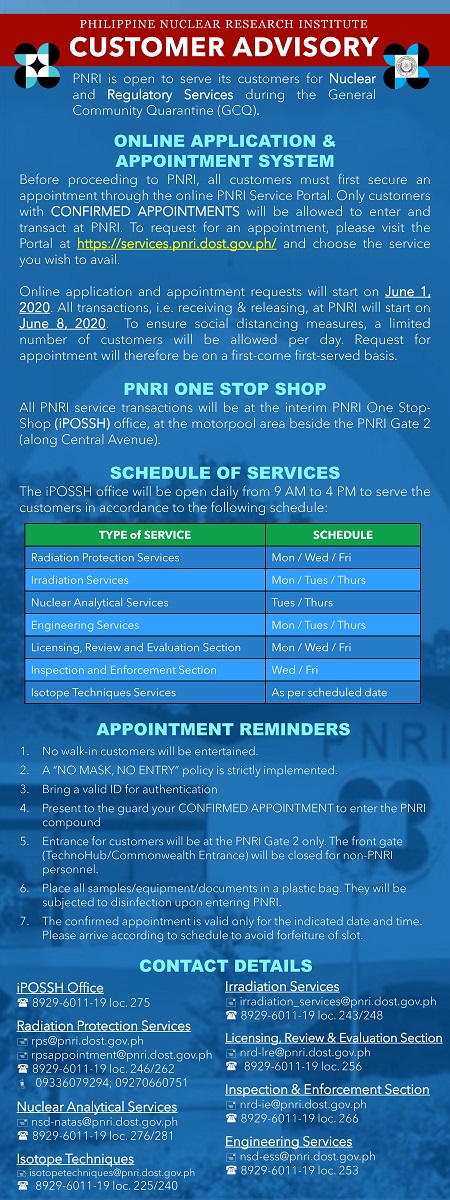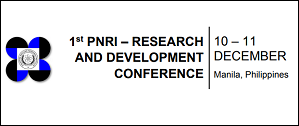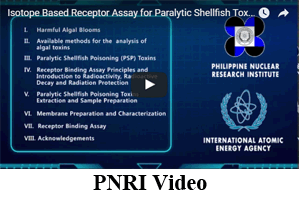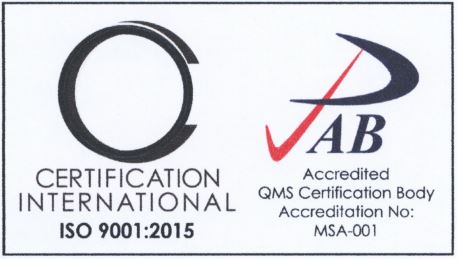- The DOST-PNRI continues to closely monitor the situation at the Fukushima-Daiichi Nuclear Power Plant.
- The condition in the plant remains very serious but not worsening and there are early signs of recovery in some functions such as electrical power and instrumentation.
- On 6th April, the IAEA reported that the leakage of water from the sidewall of the pit closest to the sea had stopped after coagulation agents (liquid glass) were injected into the holes drilled around the pits. Work continues to prevent further releases to the sea.
- The DOST-PNRI does not expect that the Philippine waters will be threatened by the discharge of radiation-contaminated water from the Fukushima plant. Cesium and iodine are soluble in water. The Pacific Ocean is so vast with its sheer volume and depth that the radioactive contaminants will be very much diluted and will not pose harm to the Philippine public and marine organisms.
- To ensure safety of our marine environment and the public, the DOST-PNRI is continuously performing radiological surveillance activities and these include collection, monitoring, and analyses of our marine biota and seawater for radioactivity.
- As of 4th April, the Japanese Government imposed food restrictions (distribution and/or consumption) in four prefectures (Fukushima, Ibaraki, Tochigi, and Gunma) and in certain locations in Chiba prefecture (Katori City, Tako Town and Asahi City).
- The IAEA confirms that a 7.1 magnitude earthquake occurred in Japan at 10:32PM (Manila time), 7 April 2011. The epicenter of the earthquake was 20 km from the Onagawa nuclear power plant and approximately 120 km from the Fukushima-Daiichi nuclear power plant. TEPCO reported that the earthquake did not cause further damage to the Fukushima-Daiichi nuclear power plant. Likewise, conditions are reported safe at the Onagawa Nuclear Power Plant which had been on shutdown since March 11, 2011.
- The Comprehensive Nuclear Test Ban Treaty Organization (CTBTO) air monitoring station in the Philippines being serviced by the DOST-PNRI detected the following radioactivity concentrations:
|
Day |
Iodine-131 |
Cesium-134 |
Cesium-137 |
|
March 23 |
33 |
4.2 |
5.7 |
|
March 24 |
480 |
92 |
120 |
|
March 25 |
54 |
6.3 |
7.7 |
|
March 26 |
20 |
0.7 |
0.7 |
|
March 27 |
47 |
2.6 |
3.1 |
|
March 28 |
93 |
4.4 |
5.3 |
|
March 29 |
130 |
4.6 |
5.3 |
|
March 30 |
210 |
1.7 |
1.6 |
|
March 31 |
31 |
Not detected |
0.7 |
|
April 1 |
57 |
4.3 |
5.7 |
|
April 2 |
61 |
9.9 |
12 |
|
April 3 |
160 |
86 |
100 |
|
April 4 |
79 |
53 |
79 |
|
April 5 |
51 |
18 |
20 |
*microbecquerels per cubic meter; 1 microbecquerel = 1 x 10-6 becquerel
- The peak values on March 24 correspond to a dose of 131 nanosieverts in a year; sleeping next to someone for 8 hours a day for one year gives a dose of 20,000 nanosieverts because of the natural radioactivity present in the body.
- Latest DOST-PNRI RADIATION LEVEL CHECK at PNRI grounds as of 9:00 AM, April 8, 2011: 89 to 106 nSv/hr (nanosieverts per hour), STATUS: NORMAL
- For the latest information, please access the following websites:
- International Atomic Energy Agency (IAEA) (http://www.iaea.org/newscenter/news/tsunamiupdate01.html)
- Nuclear and Industrial Safety Administration (NISA) of Japan (www.nisa.meti.go.jp/english/index.html)
- World Health Organization (http://www.who.int/hac/crises/jpn/en/index.html)
- For further advisories, please call the PNRI trunklines with Tel Nos. 929-6010 to 19 or visit the following:
- DOST (www.dost.gov.ph)
- PNRI (www.pnri.dost.gov.ph)
- STII (www.stii.dost.gov.ph)









